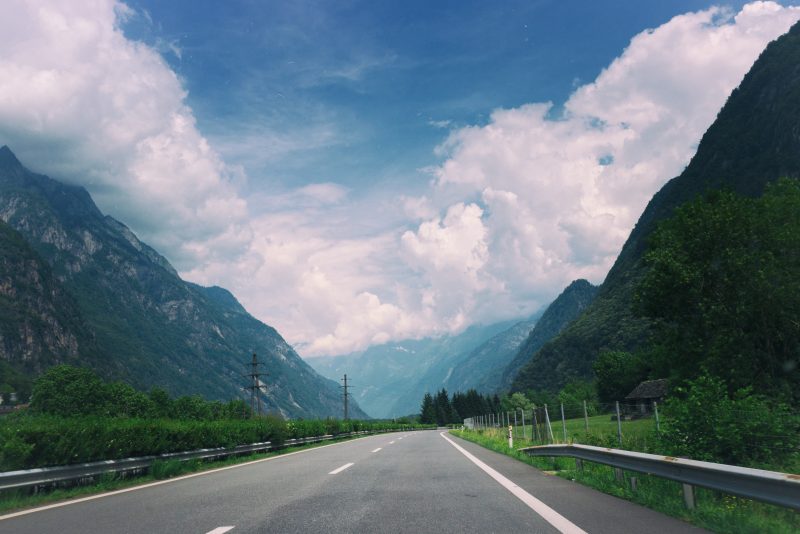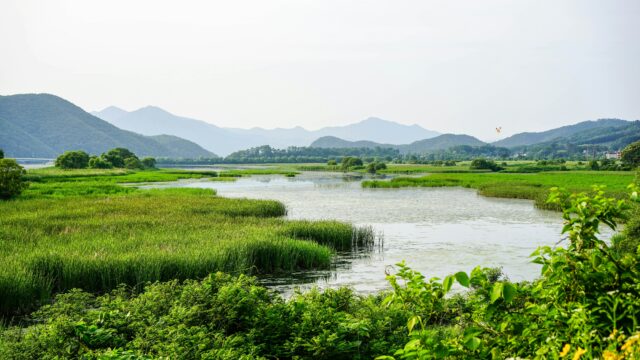What do Switzerland and China have in common?

When it comes to trying out new models of ecologically sustainable living, Switzerland and China have more in common than you might think
Did you know the Chinese province of Guizhou in southwest China bears some striking resemblance to Switzerland? I confess I didn't, until I was invited to Guizhou last month to speak at Eco-Forum Global.
Since 2009, this annual conference gathers participants from around the world to share knowledge about policies regarding green economic transformation and ecological security. This year I spoke on a finance panel led by the chief economist of Bank of China, Ma Jun, and a panel organized by the Sino-Swiss Dialogue.
Just like Switzerland, Guizhou is landlocked and boasts a mountainous landscape. It is one of two provinces in China that President Xi Jinping declared to be testing grounds for China’s new focus on "eco-civilization" and the "China dream".
Hoping to learn more from Switzerland to build that dream, Chinese officials announced the Guizhou-Switzerland Agreement on Establishing Mountainous Economy and Eco-Civilization at Eco-Forum Global this year. With its rich landscape, including spectacular lakes and waterfalls, Guizhou is believed to be an ideal location to apply the innovative cleantech, eco-tourism and sustainable development strategies that have enabled Switzerland to preserve its stunning natural environment.
The Guizhou-Switzerland agreement builds on a larger bilateral free trade agreement between China and Switzerland that was signed last year and just took effect in July.
My Sino-Swiss Dialogue keynote talk at Eco-Forum Global delved into the similarities between China and Switzerland, where Global Footprint has worked with four ministries to analyze the country’s resource dependence and make Footprint and biocapacity part of the Swiss statistical information data published annually.
Like many countries, both China and Switzerland are ecological debtor countries using more biocapacity than their own ecosystems can provide. They make up the difference through trade with trading partners who are also in ecological deficit.
“ Many Swiss still remember World War II when the country only had enough domestic food to feed its population (then half the current size) for seven months per year. This sense of resource fragility has been an important factor spurring Switzerland’s development.”
China has been acutely aware of resource constraints for decades, as has Switzerland. Many Swiss still remember World War II when the country only had enough domestic food to feed its population (then half the current size) for seven months per year. This sense of resource fragility has been an important factor spurring Switzerland’s focus on energy, material and water efficiency, high-performance buildings, effective public transportation, land protection, urban containment and forest conservation.
However, the global context within which China is developing today is markedly different to that of Switzerland in the past century. Since World War II, the entire planet has gone into ecological overshoot, with humanity now using one and a half times more from nature every year than the planet can renew in the same timeframe. Today we are living in a far more resource-constrained era, making it more important than ever for all countries to track and manage their natural assets.
With China’s Ecological Footprint continuing to grow, Guizhou Province is clearly a region at a crossroads. On the cusp of rapid development, it has enormous opportunities to seize the moment and build new economic momentum. The question is whether it will set policies that enable it to thrive while at the same time avoiding the pollution and congestion that has plagued other regions in China.
Gleaning valuable lessons from Switzerland is certainly one important step. Of course, we also believe Guizhou Province will need data-driven decision-making tools like the Ecological Footprint to succeed as well.
Susan Burns, Global Footprint Network
This article has been reposted from GEC member Global Footprint Network's website, the original is available here.
Image credit: Alexandr Schwarz on Unsplash


